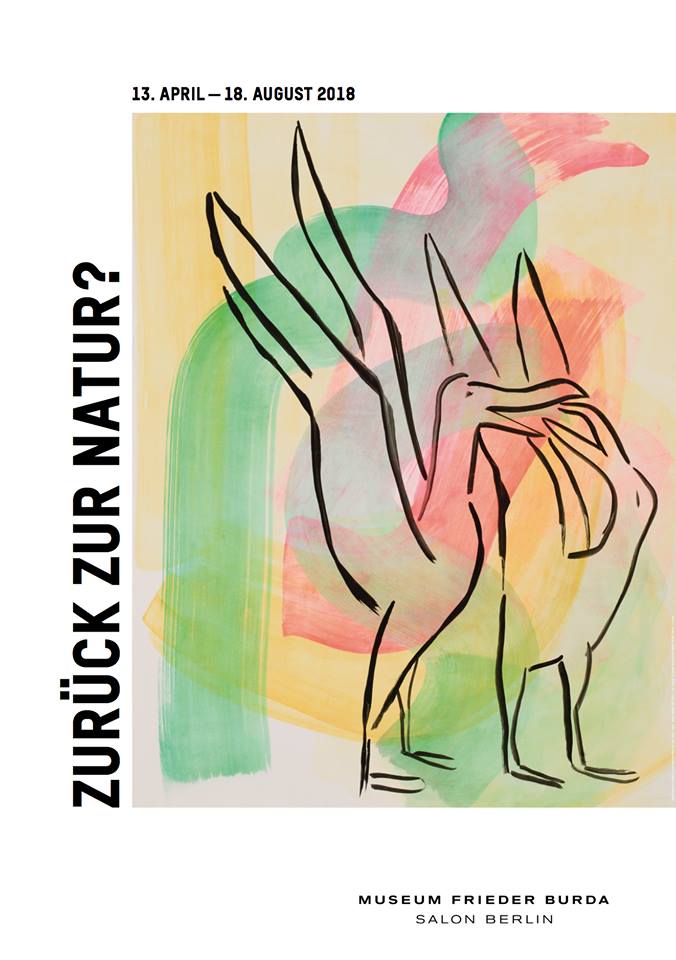BACK TO NATURE?
SALON BERLIN
13. April – 18. August 2018
New Nature – Super Human? Digitization is demanding its tribute, the Anthropocene has long since begun – and God has served his purpose: mankind shapes the earth, our bodies become modular construction kits. Now, when we humans experience ourselves as the creators of our own reality, will we be able to continue to cultivate our own liveliness and thus keep alive the connection between all life on our planet, as the famous naturalist Alexander von Humboldt (1769–1859) once formulated for our understanding of nature?
From the return to aesthetization to the futuristic vision: The current exhibition at the Salon Berlin reflects a whole variety of artistic strategies that allow us to experience our current alienation from nature and from ourselves. In the age of digitization artists like Camille Henrot or Laure Prouvost seek contemporary approaches to nature: a longing for unification, for idealization speaks from their works, which resonate with sensuous, almost childlike experience. Sissel Tolaas has created an olfactory archive of ocean smells, which awaken quite subjective memories of the sea and represents a snapshot full of geographical, cultural and historical references. She also confronts us with our growing fear of smell, which is causing us to gradually lose one of our most important senses.
Tue Greenfort formulates a firm commitment to nature and the interconnection of all life beyond mere dichotomy, teasing out nature’s aesthetic potential not least from scientific approaches. The digitally rendered terrains of Timur Si-Qin`s New Peace series (2017) advance a philosophy of immanence and propose a new “Protocol” for understanding one’s place in the vastness of time and space. A faith of the real; a mysticism and meaning for a world in the grip of the Anthropocene to foster a spiritual relationship with the infinite creativity of pattern, matter and energy.
On the other hand, David LaChapelle offers us a speculative look into the future. His petrol stations, overgrown with tropical rainforest and coming across like the artificial settings of mystery films, show human architectures that will be forgotten in a post-human future. Nikita Shalenny’s virtual-reality work The Bridge (2017) takes us into a world at the end of time in which schematic silhouettes of naked people run for their lives through ghostly empty landscapes, dead forests and abandoned oil pumps. Even Tim Eitel’s figures on a boat no longer sail towards a morbid-romantic island, but into nothingness and at the same time a wall. Both works today inevitably recall global challenges such as the current refugee crisis, repressive totalitarian systems and the ongoing destruction of the environment. The painter Flavio de Marco once again takes us on a journey through landscapes of a digitized world in which our perception is characterized by omnipresent screens, filters and stereotyped images, while authenticity and the aura of an original lose their meaning.
And through this scenario drifts almost heroically the timeless wanderer, as we can experience him in Georg Baselitz‘s imagery, fighting his alienation from nature, which he nevertheless considers his home.
